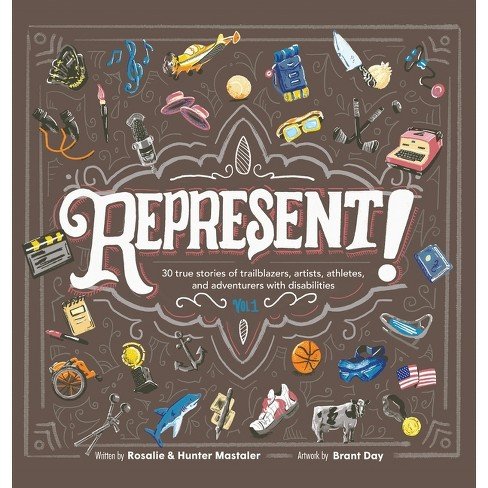TITLE: Mercedes General
AUTHOR: Jerry L. Wheeler
196 pages, Queer Mojo/Rebel Satori, ISBN 9781608642991 (Paperback, e-book)
MY RATING: 5 stars out of 5
MY THOUGHTS: Nominally a short story collection, Jerry L. Wheeler’s Mercedes General might better be described as a “mosaic novel” – the stories are all linked, presenting in chronological order the events of the lives of two extraordinarily ordinary gay men from 1966 to 2006. But whatever you call it, this is a book everyone needs to read. It is a history of the gay rights movement, the advances and the setbacks, the acceptances and the discrimination, the love and the hate. It is also an intimate story of lifelong love, the kind of love that roots early and permanently and never looks back.
Kent Mortensen meets Spencer Michalek when they are ten years old. Kent is firmly under the control of his bully of a big sister, who sees the “new kid” in town at the bus stop and absolutely must try to torment him. It doesn’t work, and a bond forms between Kent and Spencer that will stand the test of time. Per the back cover copy, “Defying anyone who steps between them, they take on the challenges of growing up a couple – including battles with their families, pedophiles, protestors at their senior prom, and unwanted attention for starting an AIDS hospice during the early part of the epidemic.” And through almost all of it, they have the love and support of Kent’s grandmother, Miss Lee, who owns the big house at the top of the mountain and who is a force to be reckoned with in her own right.
While Kent is the first-person narrator of each story (for reasons that become clear at the end of the book and which I will not spoil), we get to know Spencer, Miss Lee, and the found family they build around themselves as well as we get to know Kent. And what I love about all three is – they are none of them “perfect.” They make mistakes. They make bad decisions that affect their loved ones in ways they don’t anticipate. But they also more often than not make good choices, often tough choices, that echo just as much, if not more, into the lives of those around them. They are all three secure in who they are, even when the world wants them to be different.
Found family is a core tenet of LGBTQIA+ culture, and especially so for men of Kent and Spencer’s generation, dismissed, ignored or downright disowned by their biological families (this is not to say such things don’t happen to today’s LGBTQIA+ youth – of course it does, I’ve seen it; but I’ve also seen a lot more supportive parents than Kent and Spencer’s generation would have, or even my own generation). While we get to watch Kent and Spencer’s romance bloom and deepen, we also get to watch them build a family that fills the voids left by biological parents and siblings who are unwilling or unable to understand and love them, a family that adds new generations to the mix. And these supporting characters are as well-drawn and interesting as the three lead characters.
One of the things I struggle with when it comes to reading historical fiction is the tendency for authors to place their fictional characters at the center of every single major cultural event that happens in that character’s lifetime. Wheeler neatly sidesteps this, and the book is all the better for it. Spencer and Kent have the kinds of experiences that made the news in the decades the book covers (waging a public fight to go to prom as a couple in the 1970s; taking into their New York brownstone men whose families have disowned them, and whom the hospitals won’t treat, during the early days of the AIDS epidemic), but they are never at any of the cultural hot-spots of those periods (attending drug-filled nights at Studio 54 or encountering Bette Midler performing at the Continental Baths, or somehow making it to NYC at age 13 to be present during the Stonewall Riots). This adds a level of realism to the book, a level of “lived experience,” that a lot of historical novels lack in my opinion.
The book is as much a meditation on grief and loss as it is on love. Another place Wheeler excels is in teasing through the complicated web of emotions that accompany the passing of family members who were at best cold and distant and usually hateful/dismissive. These scenes spoke to me in a way I didn’t know I needed to see laid out on a page and invoked tears I didn’t know I needed to shed (some from sadness, some from anger).
Love, loss, family, friendship, grief, laughter – Mercedes General is a tour through a pair of very real lives, with recognizable moments regardless of your sexual orientation. It’s a book I will be thinking about for a long time. It’s a book I will certainly be rereading in the future and one I suspect will speak to me differently each time I do.









